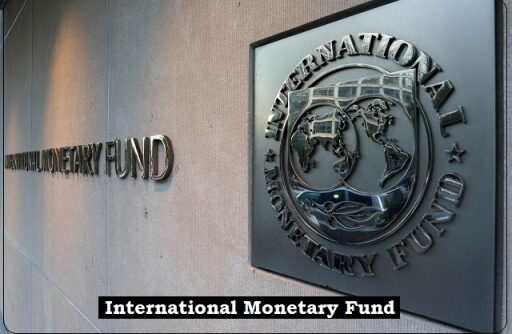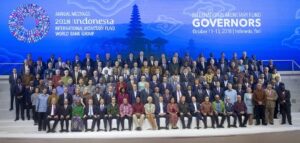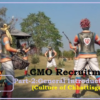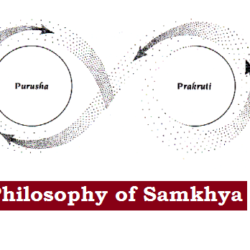
IMF was conceived at a UN conference in Bretton Woods, in July 1944. That’s why IMF and World Bank are known as Bretton Woods Twins or Institutions. IMF credit has been instrumental in helping India respond to emerging BOP problems on 2 occasions- 1981-82 and 1991-93. In Oct 2018, India-born Harvard economist Gita Gopinath has been appointed as the chief economist at the International Monetary Fund (IMF).
| Table of Contents: |
| Aim of IMF Membership Functions Funding |Special Drawing Rights (SDRs) Decision Making Reports Released IMF Reforms |
HQ: Washington, D.C., United States
Aim of IMF
- Aims economic cooperation to avoid a repetition of the competitive devaluations that had contributed to the Great Depression of the 1930s.
- To stabilize exchange rates and assist the reconstruction of the world’s international payment system.
- The widest extension of multi-lateral trade and payments.
Membership
- Currently 189 countries of UN are members of IMF with recent inclusion of Nauru (189th) and South Sudan (188th).
- The seven countries (out of a total of 196 UN countries) that are not IMF members are Cuba, East Timor, North Korea, Liechtenstein, Monaco, Taiwan, and Vatican City.
- India joined the International Monetary Fund on December 27, 1945, as one of the IMF’s original members.
- All members of the IBRD are also IMF members, and vice versa.
Functions
- Surveillance: Keeping track of the global economy and the economies of member countries
- Lending: Lending to countries with balance of payments difficulties to provide temporary financing and to support policies aimed at correcting the underlying problems
- Technical Assistance: Giving practical help to members and training in its areas of expertise, which it calls capacity development
Funding
- Money is contributed by member states and each country’s contribution is fixed in terms of its Quota. Quota represents the subscription by a member country to the capital fund of the IMF.
- 25% of a country’s quota is to be contributed in the form of SDRs or foreign exchange and 75 per cent in the country’s own currency.
- The quota also determines voting power and also forms the basis for determining its drawing rights (SDR).
- Calculation of Quota:
- The current Quota formula is a weighted average of GDP (50%) (at market exchange rate 60% and at PPP 40%), openness (30 %), economic variability (15%), and international reserves (5%).
- The largest share of 16.52% belongs to the USA while India’s share is 2.64% which is 8th largest after Japan, China, Germany, France, UK, and Italy.
- Any change in quotas must be approved by 85% voting power i.e USA with more than 15% quota holds virtual veto over all such decisions.
Special Drawing Rights (SDR):
- Special Drawing Rights (SDRs) are supplementary foreign exchange reserve assets defined and maintained by the international Monetary Fund (IMF).
- Not a currency, SDRs instead represent a claim to currency held by IMF member countries for which they may be exchanged.
- Created in response to concerns about the limitations of gold and dollars as the sole means of settling international accounts.
- SDRs are either allocated or loaned to countries by the IMF.
- Interest is paid by an IMF member country if it holds less SDRs than it was allocated, and interest is paid to a member country if it holds more SDRs than the amount it was allocated.
- The value of the SDR is based on a basket of key international currencies (weighted avg value). With the addition of Renminbi, 5 currencies, dollar, yen, euro and pound-sterling form the SDR basket.
- SDR has gained importance both as a reserve asset and as a unit of settlement of international transactions. Some countries have pegged their currencies to SDR.
Decision Making


- The Board of Governors is the highest decision-making body of the IMF. It consists of one governor and one alternate governor for each member country. The governor is appointed by the member country and is usually the minister of finance or the head of the central bank.
- The Board of Governors is advised by two ministerial committees, the International Monetary and Financial Committee (IMFC) and the Development Committee.
- The IMFC has 24 members, drawn from the pool of 189 governors, and represents all member countries.
- The IMF’s 24-member Executive Board conducts the daily business of the IMF.
- The votes of each member equal the sum of its basic votes (equally distributed among all members) and quota-based votes.
- Therefore, a member’s quota determines its voting power.
- The IMF’s Managing Director is both chairman of the IMF’s Executive Board and head of IMF staff.
- The Managing Director is appointed by the Executive Board for a renewable term of five years
- The IMF’s Governors and Executive Directors may nominate nationals of any of the Fund’s member countries for the position of Managing Director.
Reports Released
- World Economic Outlook
- Global Financial Stability Report
IMF Reforms
Criticism:
- Conditionality for loans: with collateral conditionality like privatization of industries, reducing subsidies, opening up your markets (trade liberalization) etc.
- IMF Managing Director (MD) is invariably from a European country. (Present MD: Christine Lagarde (France))
- USA with more than 15% quota holds virtual veto over all decisions.
- Emerging economies want quota to be dispersed geographically. With rise of emerging economies, they were under-represented.
Recent Reforms: After 2008 Financial Crisis
- India’ s voting share increased from 2.3% to 2.6%
- More than 6% share shifted from developed to emerging economies
- BRICS nations now are in the list of top 10 members
- All the directors on board were nominated by developed countries, which now have to be elected. (earlier Europeans and US used to nominate up to 4 members to the board)

 Home
Home Syllabus
Syllabus Contact Us
Contact Us








